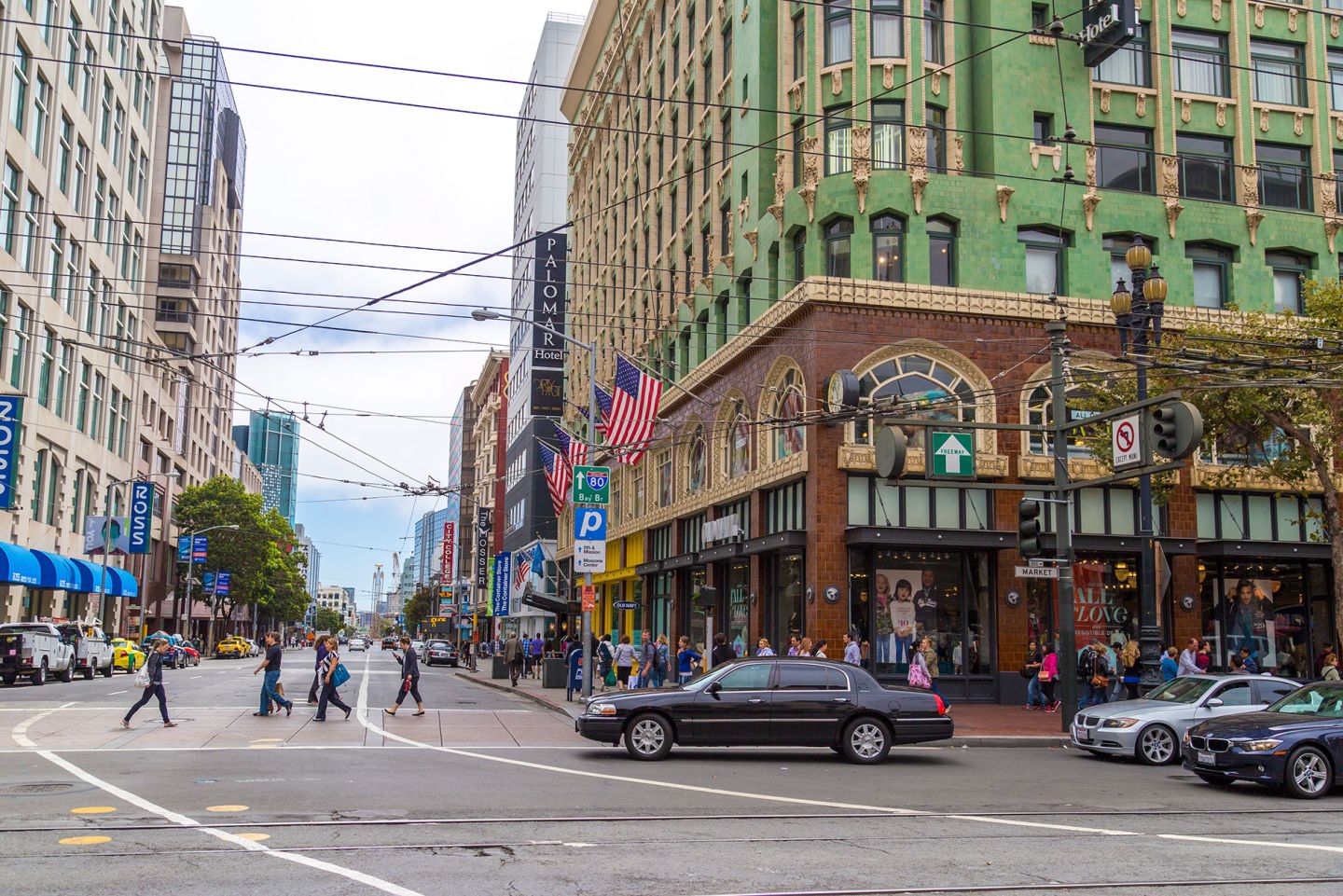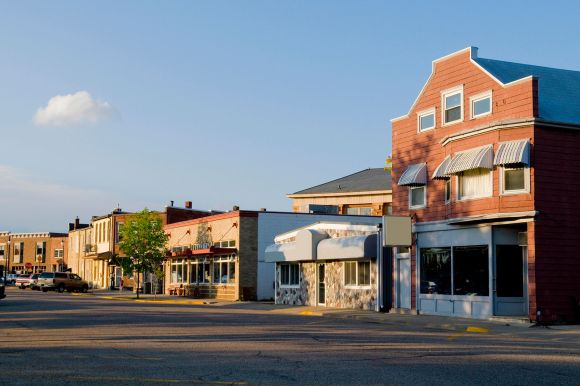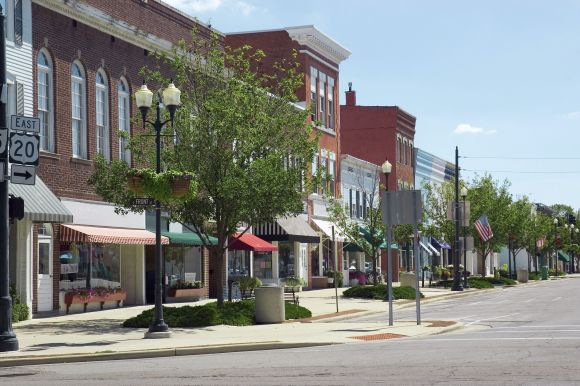By Bill R. Shelton, CEcD
Communities that use marketing statistics based on political boundaries often understate the communities’ current and potential retail market.
Communities are conditioned to think in terms of political boundaries because government data sources are collected and published based on political boundaries, such as city and county limits or census tracts. In reality, these boundaries have little, if any, influence on customers’ shopping habits and often underestimate the trade area’s size – and consequently its market potential.
Retail trade areas are the geographic capture areas that generate measurable amounts of retail sales. Retailers have an advantage in being able to more accurately delineate their respective retail trade areas because they have the actual transactional customer data. Traditionally, retailers define a store’s trade area using these three tiers:
Primary – The primary retail trade area is the geographic region that produces 50 to 80 percent of sales for the store. This is the most important trade area for most retailers because it is the draw area for the most frequent customers.
Secondary – The secondary trade area produces an additional 15 to 20 percent of the sales.
Tertiary (or Fringe) – This trade area encompasses all of the remaining sales.
Communities have a more difficult time in defining the community’s retail trade area because they seldom have access to the customer transaction data that retailers use. For years, academics and practitioners have attempted to overcome this challenge by developing formulas to define a community’s retail trade area. Perhaps Reilly’s Law of Retail Gravitation is the most famous. This 1928 thesis defines the scope of a community’s retail trade area based on the population of the community and the distance in miles to competing communities.
Theoretical models such as Reilly’s and Huff’s seldom work because in the competitive retail world there are many more variables that define a community’s retail trade area than population size and distance.
Today, most communities and economic development operations use geographic information systems (GIS) software to map, delineate and analyze retail trade areas. GIS software offers many advantages by utilizing sophisticated mapping techniques that enable the combination of different sources of data and the formulation of trends that often go unnoticed without the ability to visualize the data on a map.
Regardless of the method used, defining a community’s retail trade area is a critical first step toward developing a vibrant retail base that attracts retailers and developers. Defining a community’s retail trade area is also fundamental to helping existing retailers, whether they are seeking ways to expand merchandise offerings, exploring new markets, or deciding whether to add additional store locations to serve the trade area.


